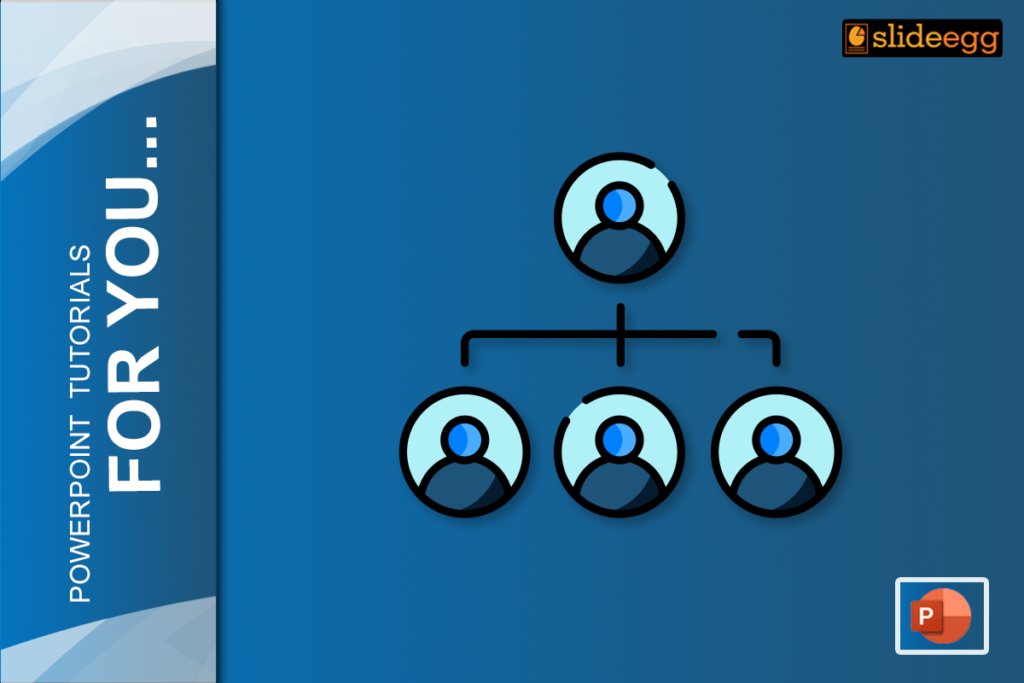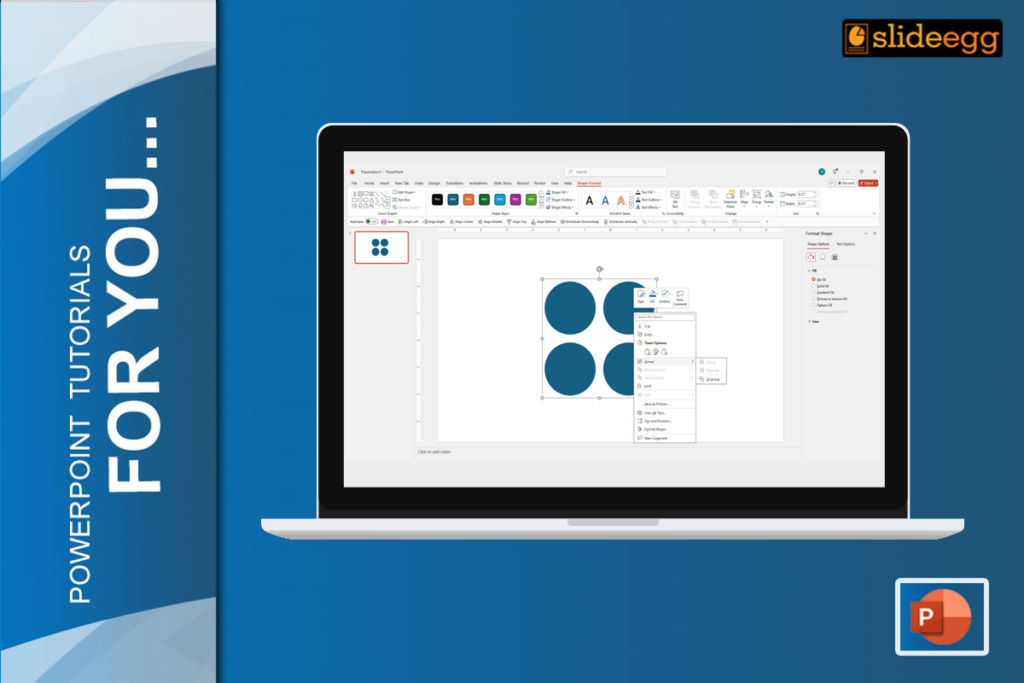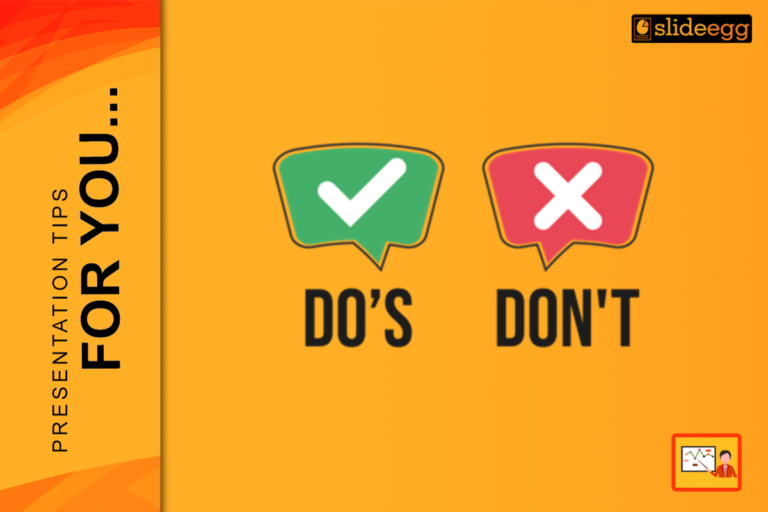Organizational charts are like the blueprints of a company. They visually represent the structure, hierarchy, and relationships between different roles and departments. If you’re looking to create a professional and informative org chart for your PowerPoint presentation, this guide will help you!
Understanding the Basics: What is an Organizational Chart?
Before we get into the nitty-gritty of creating an org chart, it’s essential to understand what it is and how it works. An organizational chart, often abbreviated as an org chart, is a diagram that visually represents the structure of an organization. It shows how different positions and departments relate to each other. If you need a more in-depth explanation, check out our blog on What Is an Organizational Chart and How Does It Work?
Choosing the Right Org Chart Style
The first step in creating an effective org chart is to decide on the style. There are two primary types:
- Hierarchical Org Chart: This is the most common type, showing a clear chain of command from top to bottom.
- Matrix Org Chart: This style is more complex, illustrating multiple reporting relationships.
The best style depends on your organization’s structure and the information you want to convey.
Step-by-Step Guide to Creating an Org Chart in PowerPoint
1. Starting Your PowerPoint Presentation
Open PowerPoint and either start a new presentation or add a new slide to an existing one. If you’re starting from scratch, choose a blank layout for maximum flexibility.
2. Inserting the Organizational Chart
- Go to the “Insert” tab on the Ribbon.
- Click on “SmartArt.”
- In the SmartArt gallery, choose “Hierarchy” from the list on the left.
- Select the layout that suits your needs. The “Organization Chart” option is a great starting point for most users.
3. Adding and Customizing Text
- Once your chart is inserted, you’ll see text boxes where you can enter names, titles, and other information. Simply click on a box and start typing.
- Need to add more boxes? Click on the existing box closest to where you want to add a new one, then use the “Add Shape” option under the “SmartArt Tools” to add a shape either before, after, above, or below the selected box.
4. Styling Your Organizational Chart
- PowerPoint allows you to customize the look and feel of your chart with ease.
- Use the “Change Colors” option under the “SmartArt Design” tab to pick a color scheme that matches your company branding.
- You can also adjust the layout of the chart by choosing a different SmartArt layout if you decide that the original one doesn’t quite fit your needs.
5. Final Touches: Fonts, Colors, and More
- Customize the text by changing the font style, size, and color. This can help make different levels of the hierarchy stand out.
- You can also change the shapes and lines used in the chart by right-clicking on them and selecting “Format Shape.” This allows for additional customization such as adding shadows, 3D effects, or even pictures inside the shapes.
6. Saving and Exporting Your Chart
- Once you’re satisfied with your organizational chart, save your PowerPoint file. If needed, you can also export the slide containing the chart as a separate image or PDF for easy sharing.
- To do this, go to “File” > “Save As” and choose your desired format.
Why You Should Consider Using Premade Templates
While creating an organizational chart from scratch is entirely possible, it can also be time-consuming, especially if you’re not familiar with all of PowerPoint’s features. That’s where premade organizational chart presentation templates come in handy. These templates are designed by professionals and can save you hours of work. Plus, they often include creative layouts and designs that you might not have thought of on your own. By starting with a template, you can focus more on content and less on design.
If you’re looking for more ideas on how to make your presentations stand out, don’t forget to check out our tips & tricks page for more presentation hacks.
Additionally, if you’re using Google Slides instead of PowerPoint, we have a handy guide on How to Create an Organizational Chart in Google Slides. This guide will walk you through similar steps, tailored for Google’s platform.
Tips for Creating Effective Organizational Charts
- Keep It Simple: Focus on clarity by limiting the amount of information displayed on the chart. Stick to names and titles, and only include extra details if they’re crucial.
- Use Color Wisely: Color can be a great way to differentiate departments or levels within your organization, but don’t overdo it. Stick to a simple color palette that aligns with your company’s branding.
- Regularly Update Your Chart: Organizations change, and so should your charts. Make it a habit to update your organizational chart regularly to reflect the current structure.
- Consider the Audience: Adjust the level of detail in the chart to suit the needs of your viewers. A high-level chart might be sufficient for an executive overview, while more detailed charts might be necessary for internal use.
- Try PowerPoint’s Features: Don’t shy away from exploring PowerPoint’s advanced features, like animations, to make your chart interactive and engaging during presentations.
Let’s Wind Up
An organizational chart is a powerful tool for communicating your company’s structure. By following these guidelines and experimenting with different styles, you can create a visually appealing and informative chart that effectively conveys your message.
Do you have any specific questions about creating organizational charts in PowerPoint? Let us know in the comments below!







